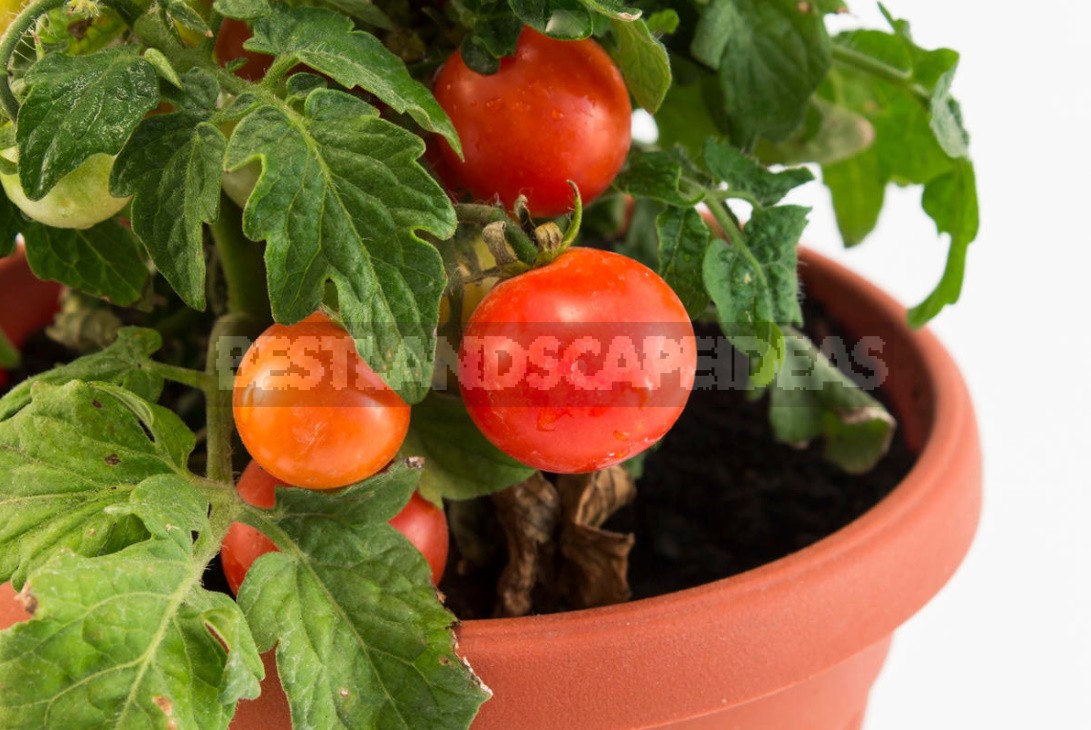
Most people primarily associate growing onions with a vegetable garden on the windowsill: for sure, everyone has at least once put a turnip over a jar of water — and plucked juicy greens. But the possibilities of growing vegetables at home are much wider than getting fresh greens. Tomatoes, peppers and eggplants are also quite available for breeding in an apartment.
Care of seedlings
After the emergence of seedlings, the seedlings should be placed on a light window sill — the south and south-east windows are best suited. If there are short and cloudy days, then additional lighting is immediately required. The length of the light day of very young plants should be brought to 16 hours, at the age of more than 30 days, at least 14 hours are required.

It is advisable to reduce the air temperature for a week to +16…+18°C, at night during this period it is optimal to keep it within +12…+15°C. This will avoid pulling the plants, the internodes will be short, and the bush itself will be chunky. In the future, the optimal temperature is +22…+24°C, which is quite consistent with the conditions of our apartments, and therefore do not have to make big sacrifices when maintaining such a garden. In order for your green pets to develop harmoniously, without bending, it is necessary to regularly turn them to the window with the other side. It is advisable to do it on a daily basis.
A clear irrigation schedule is quite difficult to describe. The need for moisture depends on the age of the plants (the older they are, the more water is required), the composition of the soil, air temperature, humidity and light. For any solanaceae, the overflow is disastrous, especially at low temperatures and insufficient light. Therefore, you need to focus on the beginning of drying of the soil.
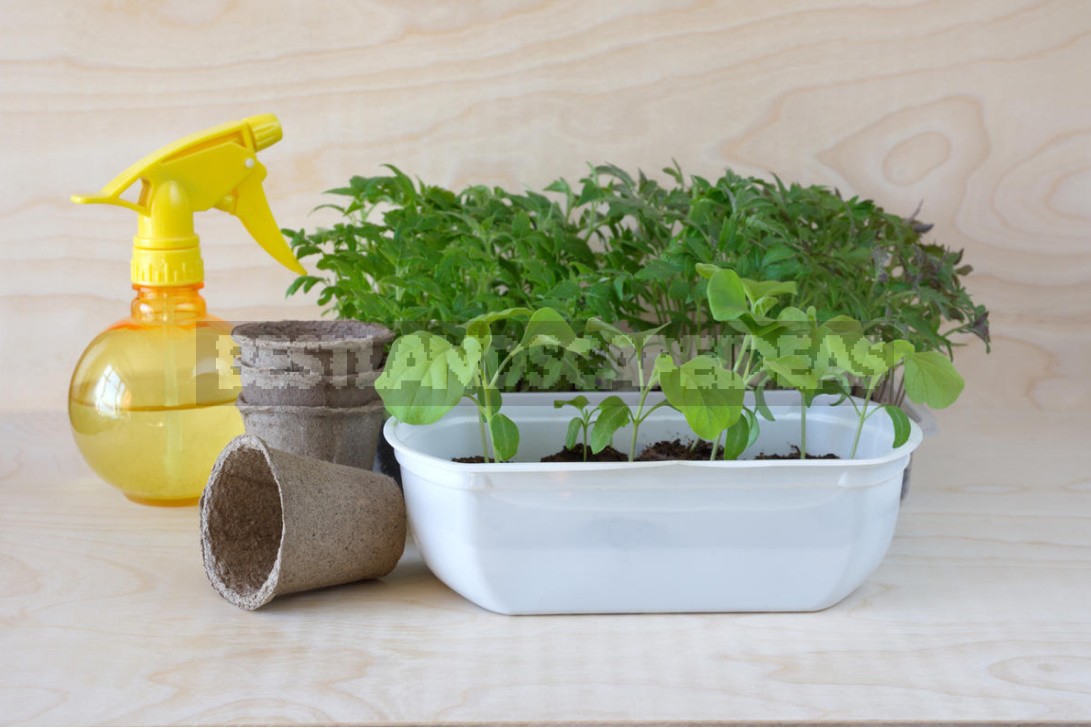
On average, the grown seedlings are watered 1-2 times a week-not often, but abundantly. The water should be at room temperature, standing, and best of all — thawed or rainwater (if you live outside the city, there will be no problems with it; urban residents can use ordinary tap water). If the air humidity is very low, which happens in the heating season in our apartments and houses, spraying 1-2 times a week can help the plants feel cheerful.
Replanting
As a rule, potted tomatoes, peppers and eggplants need 3-5 liters of land for normal development, super-dwarf hybrids cost 1.5-2 liters. That is, you should stock up in advance with appropriate pots with drainage holes, as well as a sufficient amount of soil. But it is unfortunately impossible to immediately sow in such large containers and thus avoid additional work. So you will need containers for intermediate transshipment-with a volume of 200 (for picking seedlings from a common box), 500 and 1000 ml, all of them should have holes for draining excess water. If this seems too difficult for you, then at least one intermediate transplant is worth doing.
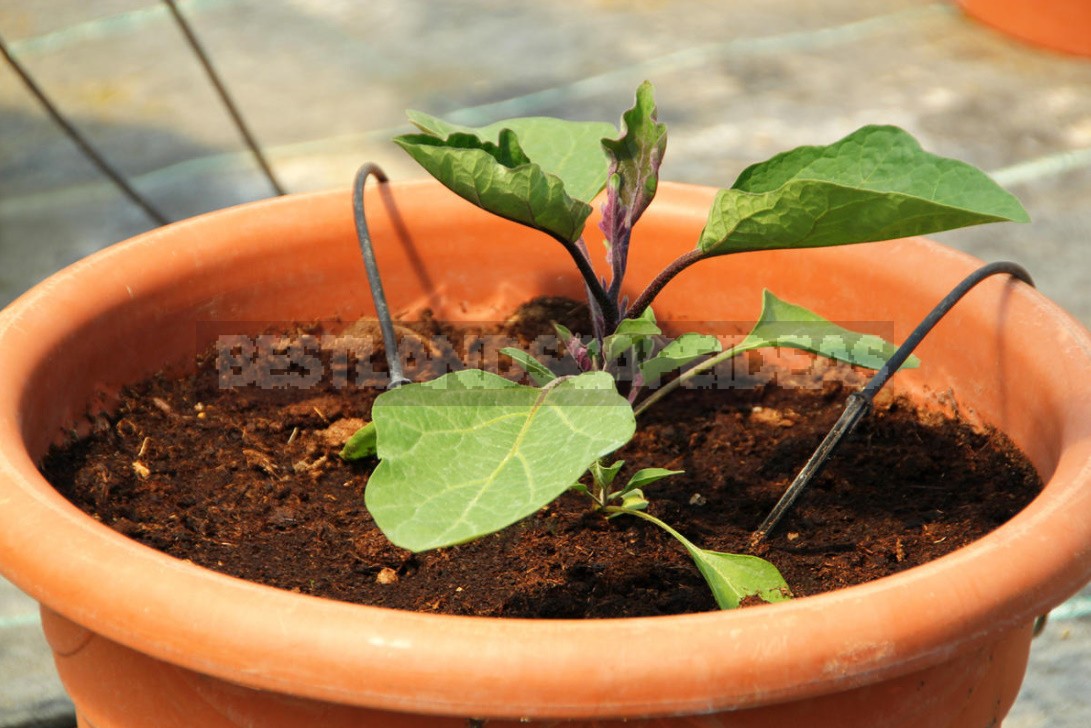
Seedlings obtained in a common seedling box should be planted in individual pots with the appearance of 2-3 real leaves. Pay special attention to peppers and eggplants-transplant them very carefully to minimally disturb the root system. They react painfully to the transplant, ideally-it is better to do without it. After picking, these crops can “lie low” for 8-10 days, so they take root in a new place. The first individual pots should be about 200 ml in volume.
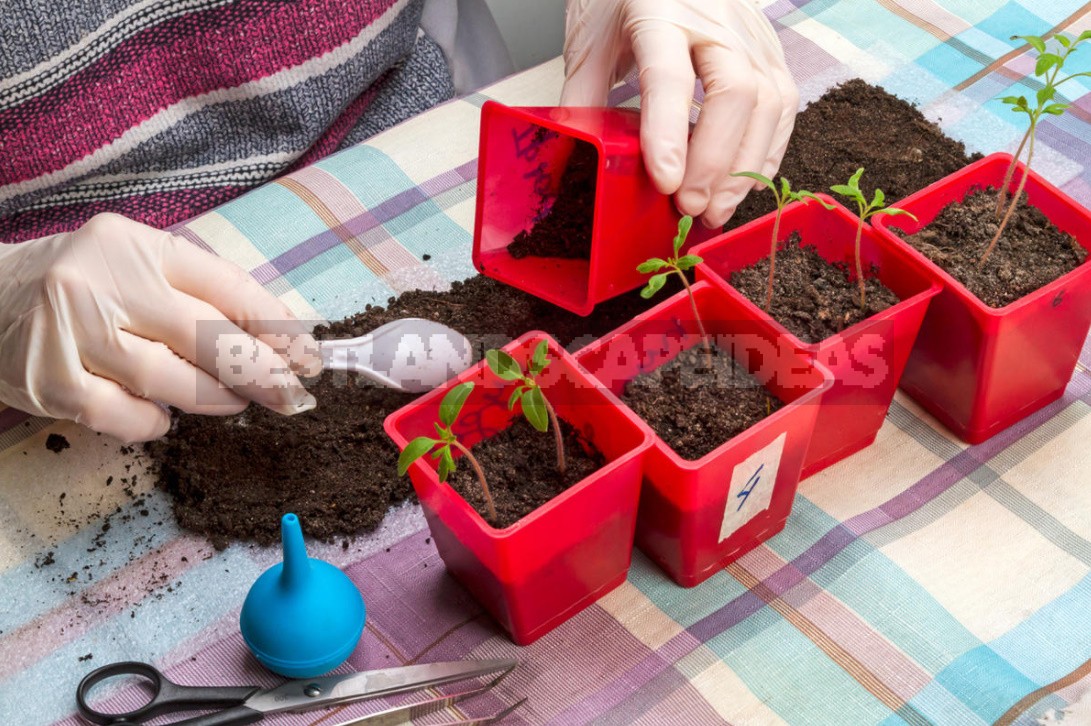
In the future, the plants should be transferred to a large container as they grow and cover the clod of the earth with the root system. If there is a lack of soil, it quickly dries up, and the plants suffer, while they can drop buds or ovaries, so it is not worth delaying with transplanting. In its permanent pot, the bush should be together with the appearance of the first flower brush. Do not forget an important point — if you decide to grow sweet and bitter peppers at the same time, then you can not place them next to each other, otherwise there will be over-pollination, and the entire crop will be sharp. It is better to spread these views in different rooms.
Fertilizer
Tomatoes, peppers and eggplants in potted cultivation require regular fertilizing. However, if you properly prepared the soil, observe agricultural techniques, and your plants look great, then you should not fertilize them just like that-until the beginning of budding. It is enough to carefully observe the green pets and respond to the “signals” that they send: overfeed is no less harmful than hunger.
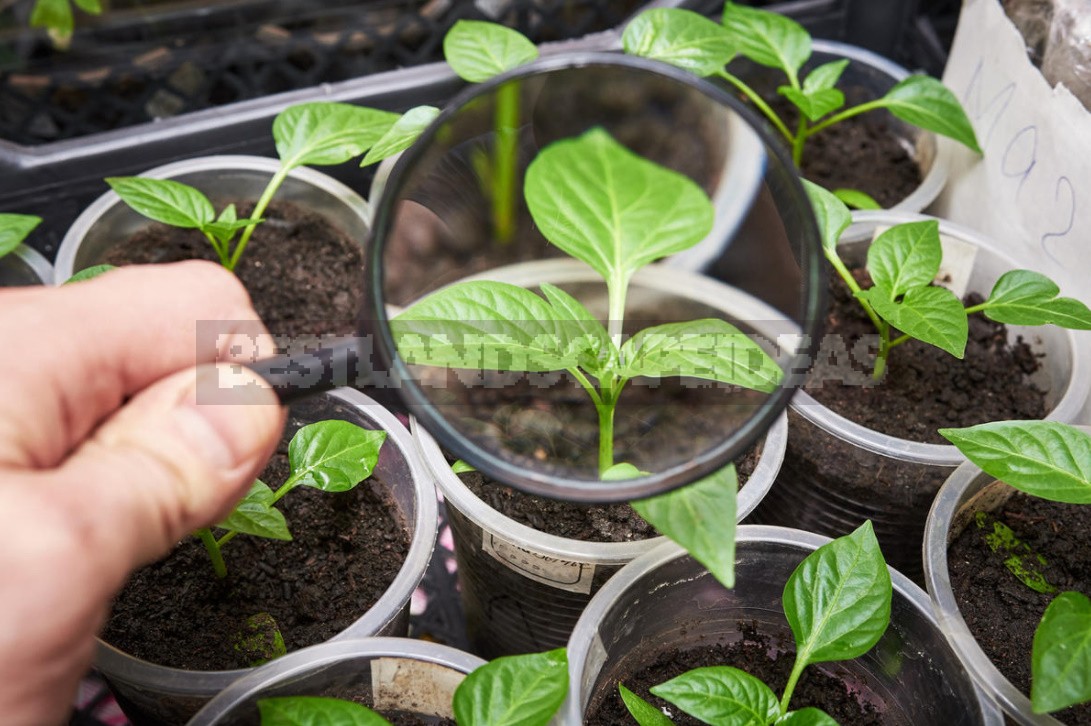
In the future, the plants are fed once every 10-14 days with complex water-soluble fertilizers containing trace elements. During the period of budding, flowering and fruit setting, it is time for potassium and phosphorus, from trace elements, boron and magnesium are especially needed. During this period, you need to give the plants food with a predominance of these nutrients. Foliar top dressing works well.
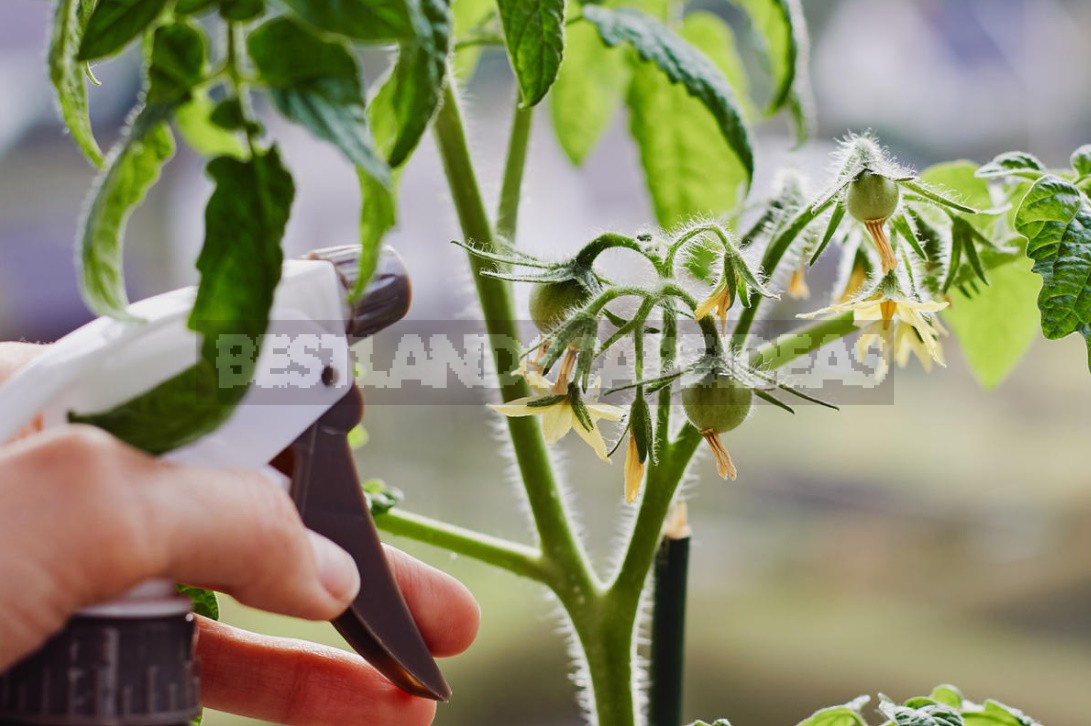
Since your green pets have settled with you for a long time, you do not need to stop fertilizing. Tomatoes, peppers and eggplants can continuously bear fruit in the home garden for up to two years, during the growth process they actively consume useful substances, and a small amount of soil is depleted very quickly. Observe the appearance, color and turgor of the leaves, the development of flower brushes — the plant itself will tell you when it needs additional nutrition.
Moving to the garden beds
With the onset of heat, you will be able to take out your green pets on the balcony. If you decide to transplant them to the garden, then you need to do this not at once, gradually accustoming the plants to a free life — to the wind, brighter light, temperature fluctuations and other external factors. To do this, for 7-10 days every day, briefly expose the pots to fresh air, gradually increasing this time. Then transfer them from their native container to the garden bed, they will take root and continue their development in the garden or greenhouse.
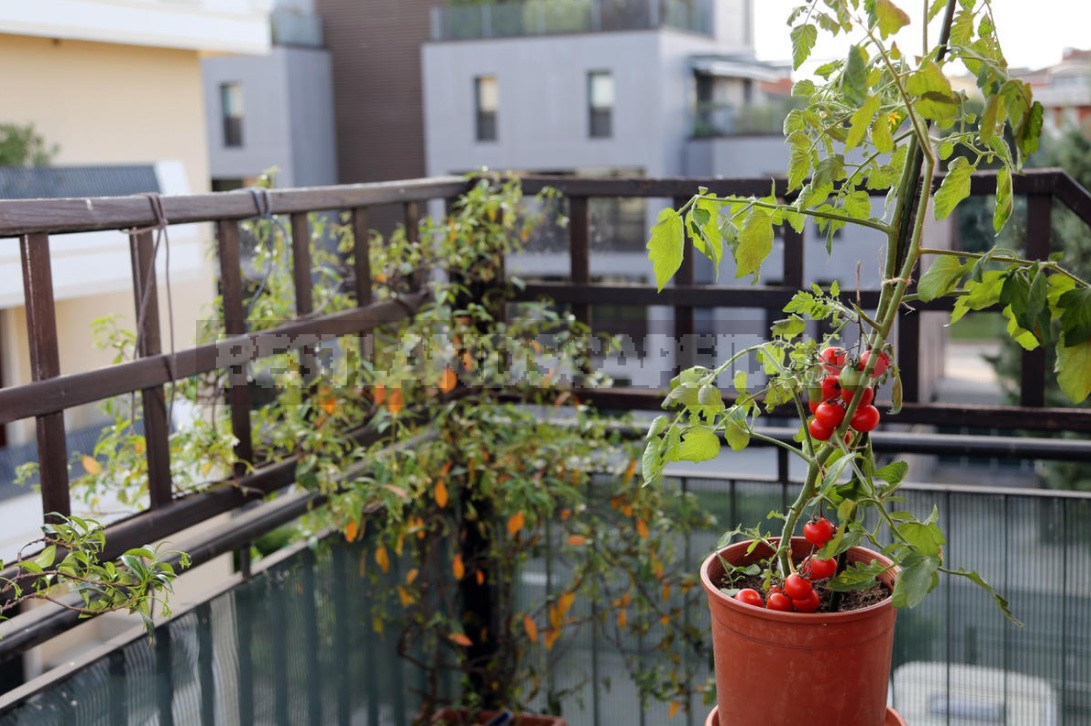
Of course, it is unlikely that it will be possible to provide the household with fresh tomatoes, peppers and eggplants from the garden on the windowsill all winter long. But, for example, the harvest of hot pepper may be quite sufficient for daily use. A bright brush of tomatoes will first decorate your windowsill, and then the delicious fruits will go to the plate. And this dish is sure to become one of the most delicious and flavorful in the middle of winter!
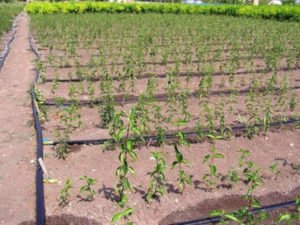
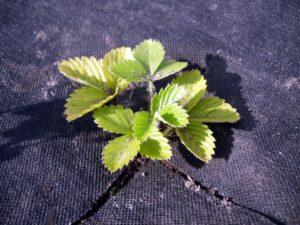
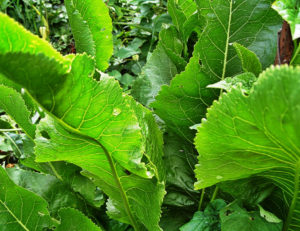
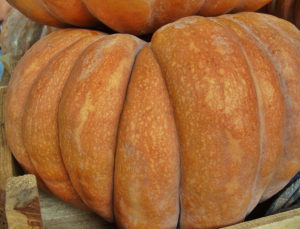
Leave a Reply